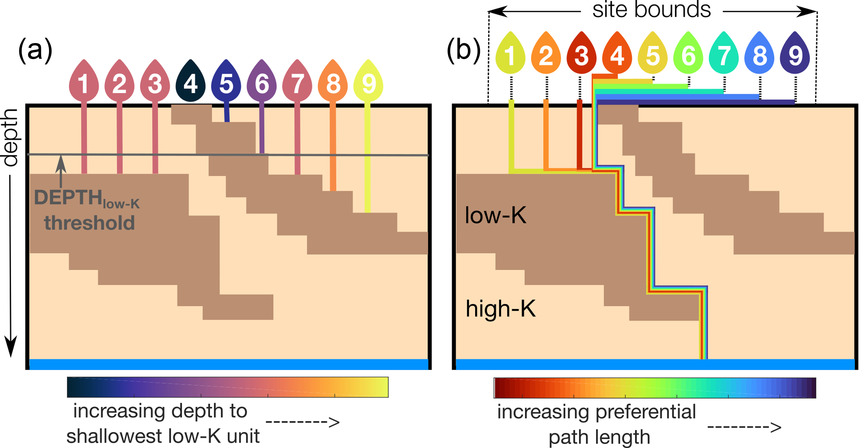This website uses cookies so that we can provide you with the best user experience possible. Cookie information is stored in your browser and performs functions such as recognising you when you return to our website and helping our team to understand which sections of the website you find most interesting and useful.
| Title of Project/Resource | Managed aquifer recharge site assessment with electromagnetic imaging: Identification of recharge flow paths |
|---|---|
| Resource Author(s) |
|
| Link to Report/Website | wiley.com |
| Full Description Text Body | Surface spreading recharge, the intentional flooding of the ground surface to replenish a groundwater system, is one approach used to mitigate groundwater overdraft in California’s Central Valley (CV). Choosing appropriate sites for surface spreading recharge, in regard to the sites’ ability to convey water from the ground surface to the desired recharge depth, can be challenging because of limited knowledge of the properties of the subsurface. In this study, we present an approach for using a towed time-domain electromagnetic (tTEM) imaging method to develop three-dimensional (3D) models of sediment type, map potential flow paths through the subsurface, and evaluate sites for surface spreading. We began with tTEM data from seven sites in the CV along with an existing resistivity-to-sediment type transform. We leveraged geostatistical methods to generate multiple 3D models of binary (flow and no-flow) sediment type from the tTEM data. We then developed two metrics to assess the quality of sites for recharge: (a) the depth to the shallowest no-flow unit beneath each point at the surface and (b) preferential flow paths lengths measured by finding the shortest distance through connected flow units between surface points and the desired depth. We explored how these metrics can be used to identify optimal areas within a site, then developed a way to compare and assess the relative suitability of each site using the decay in the number of vertical flow paths as a function of depth. Our methods can be used to rapidly identify potential sites for surface spreading recharge. |
| Featured Image for Display |  |
| Featured Image Credit | Pepin et al., 2022 |
| Topic Area(s) |
|
Copyright 2022-Present, Flood-MAR and Contributing Authors.

